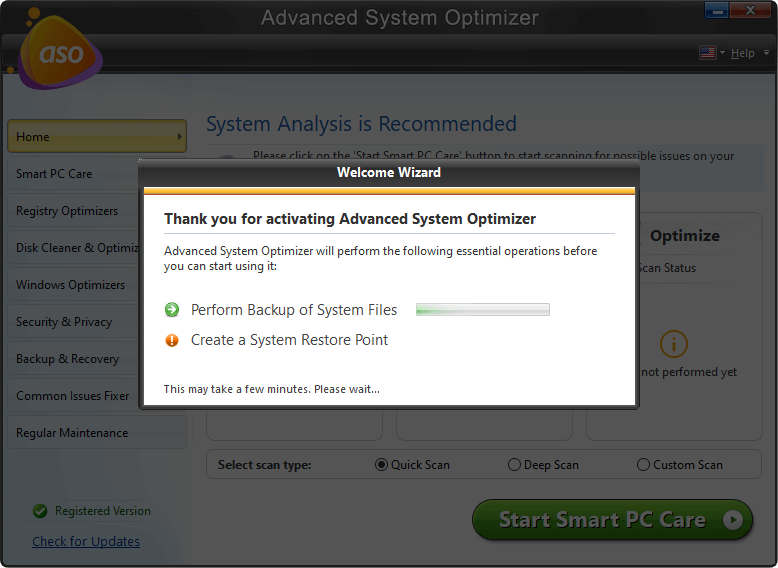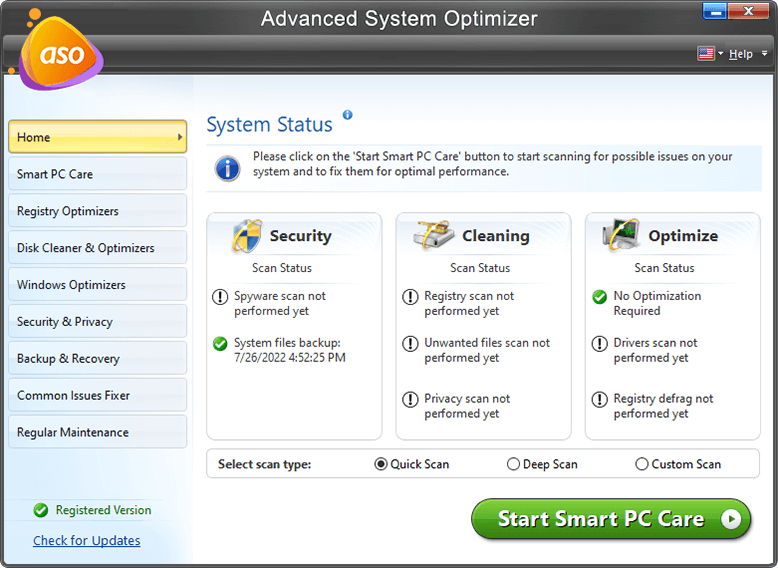Question: How to fix No Bootable Device Found Error?
I have been using my laptop for a couple of years, but recently when I rebooted my system, instead of booting normally, I see “PXE-MOF: Exiting PXE ROM. No bootable device – insert boot disk and press any key.” Due to this, I am unable to use my system; help me please.
Fix:
No Bootable Device found is a rare error message, but when you get this, it means Windows is unable to find storage device like SSD, HDD, DVD, CD, Flash drive, etc. that helps boot the system. Therefore, to boot Windows, we must fix it immediately.

In most cases, restarting the PC after a Blue Screen of Death (BSOD), shows no bootable device found error. Also, sometimes it occurs out of nowhere. Hence, it is important to check hardware connections, ensure the boot order is correct, and perform other operations.
Before we detail how to perform all this and fix, no bootable device found an error. Here’s something important for you.
Sometimes due to disk fragmentation or disk error, you might face no bootable device error. Therefore, to avoid encountering this message, you should optimize the disk and check for error from time to time. For this, we have a tool for you, and it is called Advanced System Optimizer. Using this best PC optimization and cleanup tool, you can not only optimize and check the disk for errors. But can also fix invalid registry errors, update drivers, uninstall programs, optimize memory, and do a lot more. To use the tool and fix Disk errors, follow the steps below:
1. Download, install, and launch Advanced System Optimizer.

2. Click Disk Cleaner & Optimizers

3. Start with System Cleaner > run the scan and clean errors.
4. After this, click Disk Optimizer and so on until you run and perform scanning and cleaning all the modules under Disk Cleaner & Optimizers.
Now let’s learn how to fix no bootable device found on Windows 10.
Ways To Solve No Bootable Device Found
1. Disconnect And Reconnect Hardware Components
Shut down your system and then unplug all hardware devices. After this reconnects them properly, this will help know if the problem was caused due to lose connection leading to no bootable device message. However, if this doesn’t help, move on to the next step.
2. Check Boot Order
Improper boot order can make your computer read the bootable drive incorrectly. Hence, we need to ensure the hard drive or SSD drive on which the OS is installed is set as the first boot order. To do so, follow the steps below:
1. Restart your system and press either Esc, Del, F2, F10, or F8 keys. This will help enter BIOS. (Instructions to get into BIOS vary from one system to another.)
2. Use the arrow keys to select the Boot tab and move the system hard drive to the top of the boot order list.
Note: You can also follow the instructions provided at the bottom or in the right pane.

3. Save changes, exit BIOS, and reboot the system.
3. Reset Primary Partition As Active
The hard disk partition on which the OS is installed is called the primary partition. It needs to be active so that the OS can boot. So, if it is inactive, then you will face no boot device found. Hence, it is essential to ensure it is set to active. To do so, follow the steps below:
- Insert the Windows installation DVD or attack bootable USB and boot from it.
- Select language > keyboard layout > Repair your computer
- Windows 10 users need to click Troubleshoot > Command Prompt
- Now in the elevated Command Prompt, enter the following command. Make sure you press the Enter key after each command:
- lit disk
- select disk 0:0 is the disk number of the system hard disk.
- list partition
- select partition 1:1 represents the number of your system partitions.
- active
4. Check Internal Drive Status
If the internal hard disk has an error, you might face no bootable device error. For this, you can run the CHKDSK command. Or can also use Advanced System Optimizer as discussed. To run the CHKDSK command manually, you need to use Windows Installation disk > click Troubleshoot > Command Prompt.
Now in the black window, type chkdsk c: /f /x /r. Let the command run and fix errors.
5. Fix Boot Information (BCD and MBR)
A high voltage, virus attack, bad sectors might damage boot information together with BCD or MBR due to which you encounter “no bootable devices found.”. In such a case repairing or rebuilding such important information is required. For this, you need to access Command Prompt and run the following command in the order they are given. Press the enter key after each command and let it process.
Bootrec /fixmbrBootrec /fixbootBootrec /scanosBootrec /rebuildbcd
Once done, restart the system and check you should no longer face any bootable device found on Windows 10. We hope by using the steps explained above, you can resolve the problem you are facing. In addition to this, to stay safe from such error messages, we suggest checking the disk for errors and optimizing it from time to time. We understand doing so manually won’t be easy; hence we recommend using Advanced System Optimizer. This robust PC cleaning tool will help you stay one step ahead of all such Windows errors. If you want to give this 24-hour full functional version a try, download it from here



 Subscribe Now & Never Miss The Latest Tech Updates!
Subscribe Now & Never Miss The Latest Tech Updates!